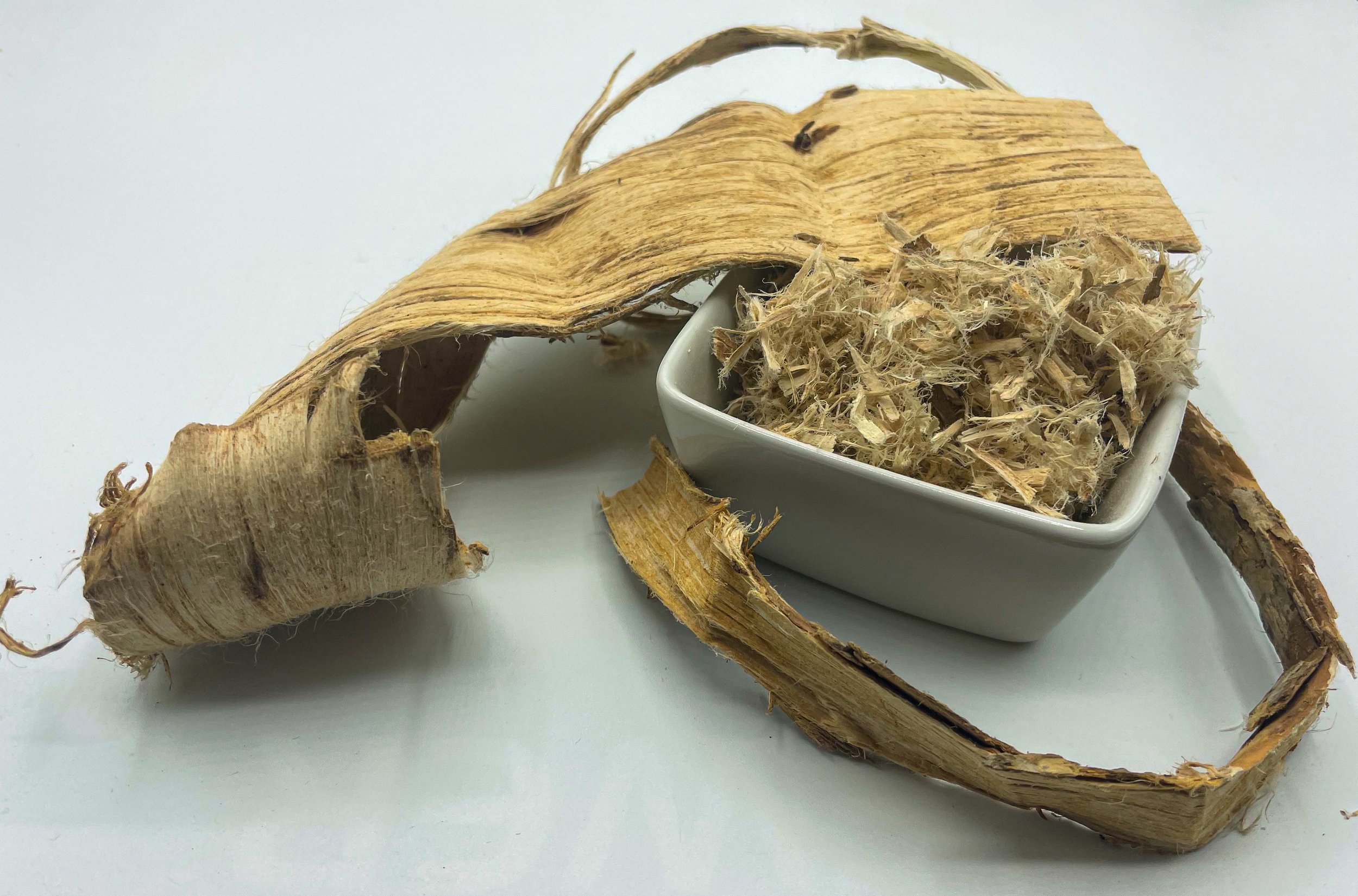Slippery Elm Bark - What is it?
Slippery elm bark, also known as Ulmus rubra, is a tree native to North America that has been used for centuries by Native Americans and early settlers for its medicinal properties. The inner bark of the slippery elm tree contains a substance called mucilage, which when mixed with water, creates a gel-like substance that can be used to treat a variety of ailments.
One of the most well-known benefits of slippery elm bark is its ability to soothe sore throats and relieve coughing. The mucilage in the bark coats and protects the throat, reducing irritation and inflammation. It is also commonly used to treat gastroesophageal reflux disease (GERD) and other digestive issues such as diarrhea, constipation, and irritable bowel syndrome (IBS).
Slippery elm bark is also commonly used as a natural remedy for skin conditions such as eczema, psoriasis, and minor burns. The mucilage in the bark creates a protective barrier on the skin, helping to reduce inflammation and moisturize dry, irritated skin.
Additionally, slippery elm bark may also potentially reduce inflammation in other parts of the body, such as the urinary tract and urinary tract infections, and reduce pain in cases of osteoarthritis and rheumatoid arthritis.
It is important to note that slippery elm bark should not be used as a substitute for conventional medical treatment and should always be used under the guidance of a healthcare professional.
In conclusion, slippery elm bark is a natural remedy with a long history of use for various ailments. Its ability to coat and protect the throat, soothe digestive issues, and moisturize the skin makes it a versatile and beneficial addition to any natural medicine cabinet.

